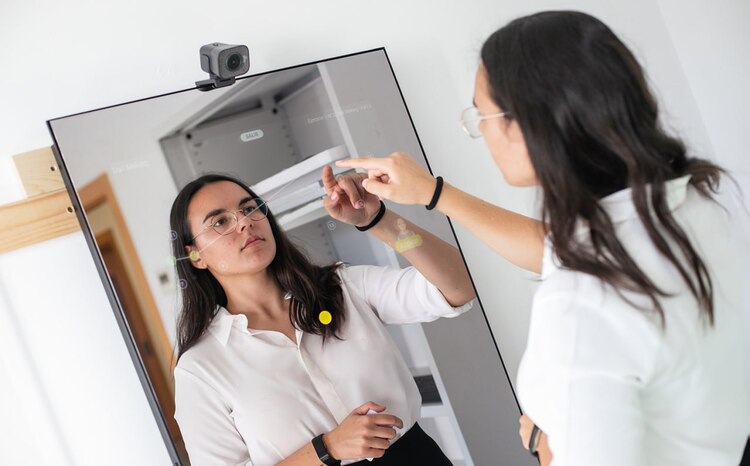Pathology links system said to be unsafe
- 15 March 2005
The pathology links system is delivering inappropriately coded results in England which make it clinically unsafe because the codes used do not detail the result of the tests performed, a leading GP IT representative is warning.
Dr Paul Cundy, a GP in Wimbledon and joint chairman of the GPC/RCGP IT committee, said the GPC has asked the National Programme for IT to introduce changes to the way the coding system works.
He told EHI Primary Care that when results are sent back to practices via the pathology links system the software looks for Read codes in the data and offers it up to GP clinical systems. However there is only one slot for Read coded data in the pathology links message which tells practices that, for instance, a cytology test has been done. There is no code to tell practices whether it was normal, inadequate, found early cancer or advanced cancer.
Dr Cundy said: "I believe what’s happening at the moment is profoundly unsafe. If GPs are aware of this they are having to manually recode the data and it’s a workload issue. If GPs aren’t aware of it it’s a massive clinical safety issue."
Dr Alan Hassey, a GP in Skipton, North Yorkshire and RCGP spokesperson on Health Informatics, told EHI Primary Care that the RCGP Health Informatics Standing Group agrees that there are problems with the current pathology links message.
He added: "Through the Joint GP IT Committee we are working with the GPC to support NPfIT’s new pathology and radiology messaging project which should ensure the delivery of a robust clinical message for test requests and reports."
Dr Cundy said the problem was that there was only one slot for a Read code because of the way the messaging system was set up several years ago. However he said that in Scotland the problem has been tackled by instructing pathology laboratories to be in a more detailed code, such as inadequate cytology test, in the single slot available
Dr Cundy added: "It’s a common sense, no-brainer solution but for some reason it hasn’t been applied in England."
The problem with the pathology links coding system was first brought to the NHS Information Authority’s attention in 2003 according to Dr Cundy who also raised the issue independently in 2004.
He added: "We have now formally written to the National Programme for IT asking them to adopt the same solution that is used in Scotland but they have just said they are looking into it."
The coding problem also affects practices Quality and Outcomes Framework data collection.
A spokesperson for the National Programme for IT told EHI Primary Care: "The original message was not designed to carry cytology results. However, work is currently well advanced within the National Programme to develop a full pathology diagnostic services requesting and reporting design.
"This will take into account all major disciplines used by general practice including cervical smear requests and results reports. In the new Pathology National Programme report message, provision will be made for carrying cytology data using SNOMED CT as appropriate.
"Implementation of these new standards will be dependent on the roll-out of SNOMED CT enabled applications. In the meantime, the Pathology Bounded Code List Focus Group is considering a limited expansion of high-level Read codes to allow differentiation between different disciplines performing histopathology investigations, for example, histology investigation, cytology investigation, cervical cytology investigation."





